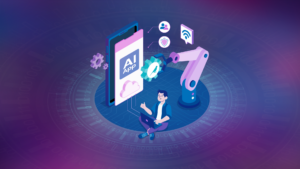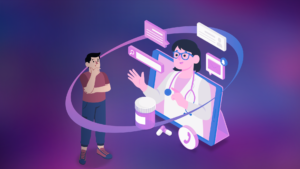The complexity and diversity of patient data—from medical histories to lab results—pose significant challenges in healthcare. Traditional AI models often struggle to process this unstructured information in context, impacting both the accuracy and speed of clinical decision-making. However, the convergence of Retrieval-Augmented Generation (RAG) and Multimodal AI is changing that.
By leveraging large language models (LLMs) alongside multimodal data integration, these advanced systems are transforming how healthcare professionals access and interpret patient information. With frameworks like Holistic AI in Medicine (HAIM) driving the adoption of RAG-based LLMs, the potential for more personalized and efficient patient care is rapidly becoming a reality.
How RAG Differs From Traditional AI?
Traditional models rely solely on pre-trained data, which can limit them to outdated or static information and restrict their responses to what they learned during training. These models often cannot provide external source citations or handle highly specialized queries effectively. In contrast, RAG systems can access up-to-date information dynamically, allowing them to deliver contextually relevant answers, cite sources, and handle specialized or complex questions. This makes RAG systems more adaptable and reliable for real-time information needs.
How RAG is Changing Patient Care
Retrieval-Augmented Generation (RAG) is transforming healthcare by combining the generative power of large language models (LLMs) with a retrieval mechanism that brings in up-to-date, contextually relevant information. This approach enables healthcare professionals to access real-time, patient-specific insights without the need for exhaustive manual searches.
Real-Time, Contextualized Information
RAG-enabled systems offer clinicians targeted information customized for each patient’s unique needs:
- Patient-Specific Insights: Clinicians receive recommendations that consider individual patient data, such as history and lab results.
- Dynamic Knowledge Access: RAG allows access to the latest medical insights, research studies, and clinical guidelines relevant to the patient’s condition.
Example: When a physician consults on a rare condition, a RAG-enhanced system can:
- Generate potential treatment options.
- Retrieve the latest research articles, patient histories, and clinical guidelines.
This level of adaptability allows healthcare providers to make well-informed decisions efficiently, enhancing both patient care and operational effectiveness.
Key Benefits Of Rag In Healthcare
RAG offers several advantages over traditional AI models, ensuring healthcare professionals receive accurate, secure, and relevant information.
- Enhanced Relevance: RAG retrieves information tailored to each patient’s condition, boosting the relevance and quality of responses.
- Data Security: By accessing information from compliant, secure databases, RAG safeguards sensitive patient data.
- Improved Accuracy: Leveraging verified, up-to-date medical information reduces errors in AI-generated outputs.
The Role Of Multimodal Ai In Comprehensive Patient Understanding
While RAG-based LLMs provide real-time contextual insights, multimodal AI frameworks, such as the HAIM system, empower AI models to analyze diverse data sources simultaneously. Unlike traditional models that rely on isolated data (e.g., lab results or medical images), multimodal AI frameworks integrate data from various sources to create a more comprehensive patient profile.
Data Fusion: Multimodal AI combines multiple data types, including:
- Tabular data
- Time-series data
- Medical imaging
- Unstructured text (like physician notes)
The HAIM framework leverages this data fusion to enable more accurate diagnoses and predictions.
Improved Predictive Accuracy: Studies show that HAIM’s multimodal approach can improve predictive accuracy by 6% to 33% across various healthcare tasks. This improvement supports better outcome predictions, such as:
- Assessing the risk of severe events
- Estimating hospital discharge timing
By integrating RAG capabilities, HAIM becomes even more effective, retrieving real-time updates from extensive medical databases. This ensures each patient interaction is supported by the latest, most relevant information.
Enhanced Diagnostics And Personalized Treatment Plans
One of the most promising applications of combining RAG with multimodal AI is in diagnostics. Multimodal AI models are designed to mimic how doctors work with diverse information, considering everything from lab results to a patient’s recent vital signs, medical imaging, and notes from previous visits. When a physician consults such a system, it doesn’t just provide a diagnostic suggestion; it leverages RAG-based retrieval to pull in the latest studies, clinical guidelines, and even similar patient cases. This feature allows healthcare providers to make evidence-based diagnostic decisions while staying informed of new developments, especially for complex or rare conditions.
This dynamic approach also supports personalized treatment plans. For instance, a RAG-empowered HAIM model could analyze patient-specific factors (such as genetics, lifestyle, and historical medical data) and retrieve treatment plans that have been successful for patients with similar profiles. This ensures that every treatment recommendation is data-driven and tailored to the individual’s unique health background and needs.
Real-Time Predictive Analytics For Improved Patient Outcomes
The integration of RAG and multimodal AI transforms predictive analytics by delivering up-to-the-minute information on patient conditions. In critical care settings, where patient conditions can change rapidly, a RAG-enhanced multimodal model can retrieve the latest relevant information from both internal and external sources. This level of responsiveness allows healthcare providers to anticipate potential complications before they arise, supporting proactive and preventive care.
Predictive analytics powered by HAIM have been particularly effective in estimating patient outcomes, such as predicting the likelihood of discharge within 48 hours or assessing mortality risk. By continuously drawing from diverse data sources, RAG-based models provide clinicians with a clear, updated picture of patient prognosis, helping them make informed decisions under pressure.
Streamlining Healthcare Operations For Better Resource Allocation
RAG-enhanced multimodal frameworks don’t just benefit patient care; they also optimize hospital operations. Administrators can query real-time data on ICU capacity, forecast patient inflow, and predict necessary resources based on historical patterns and real-time events. With the flexibility of a modular framework like HAIM, healthcare systems of various sizes can adapt these insights to suit their operational needs, ensuring that both patients and staff experience efficient, timely care.
In a system where every unit functions with the latest information at its fingertips, hospitals can streamline everything from staffing and supply management to bed allocation and discharge planning, ultimately enhancing both patient care and cost-effectiveness.
Challenges And Future Directions For RAG-Driven Multimodal Ai In Healthcare
While the potential of these technologies is immense, challenges such as data privacy, interpretability, and model transparency remain. Frameworks like HAIM address these issues through interpretability measures, such as Shapley values, to clarify each data source’s contribution to predictions. Regulatory frameworks must evolve alongside these technologies to ensure their safe and ethical application in healthcare.
A Vision For Transformative Patient Care
The integration of RAG-based LLMs and multimodal AI frameworks like HAIM presents a vision of healthcare where every decision is informed by a comprehensive understanding of patient data. This seamless, adaptive approach to medicine promises to elevate the quality and reach of patient care, revolutionizing the healthcare landscape.
How Dataiku Solves These Challenges?
Dataiku provides a comprehensive platform that helps healthcare organizations effectively implement RAG and multimodal AI, addressing key operational challenges.
- Data Integration: Dataiku streamlines the unification of diverse data sources—from electronic health records and imaging systems to lab results. This integration allows RAG models to access real-time, contextual insights that enhance decision-making and support more accurate, timely responses.
- Collaboration Across Departments: The platform encourages collaboration by enabling different departments to work together in the development and deployment of tailored RAG and multimodal AI solutions. This ensures that the solutions are customized to meet the specific needs of the organization.
- User-Friendly Interface: Dataiku’s intuitive interface makes advanced AI tools accessible to non-technical users. This allows a broader range of staff to build, train, and deploy sophisticated models without requiring deep technical expertise.
- Fostering a Data-Driven Culture: By making AI tools accessible to all departments, Dataiku fosters a culture where teams can generate actionable insights that drive improvements in patient care, streamline operations, and optimize resource allocation.
By leveraging Dataiku, healthcare providers can:
- Enhance clinical outcomes with personalized treatment plans and real-time predictive analytics.
- Improve operational efficiency and resource management, adapting to the complexity of modern healthcare environments.
How Can v4c.ai Help?
V4c.ai helps healthcare organizations unlock the full potential of RAG and multimodal AI by leveraging Dataiku’s advanced platform. We specialize in integrating diverse data sources, such as electronic health records, lab results, and imaging systems, to provide real-time, actionable insights. Our expertise in implementing and optimizing AI solutions ensures that healthcare providers can access the most relevant, up-to-date information for decision-making. By partnering with v4c.ai, healthcare organizations can enhance patient care, streamline operations, and drive innovation in an increasingly complex environment.
References:
- https://www.researchgate.net/publication/363705259_Integrated_multimodal_artificial_intelligence_framework_for_healthcare_applications/link/632b35550a708521500f2b06/download?_tp=eyJjb250ZXh0Ijp7ImZpcnN0UGFnZSI6InB1YmxpY2F0aW9uIiwicGFnZSI6InB1YmxpY2F0aW9uIn19
- https://hatchworks.com/blog/gen-ai/rag-for-healthcare/
- https://medium.com/@mpuig/rag-systems-vs-traditional-language-models-a-new-era-of-ai-powered-information-retrieval-887ec31c15a0






